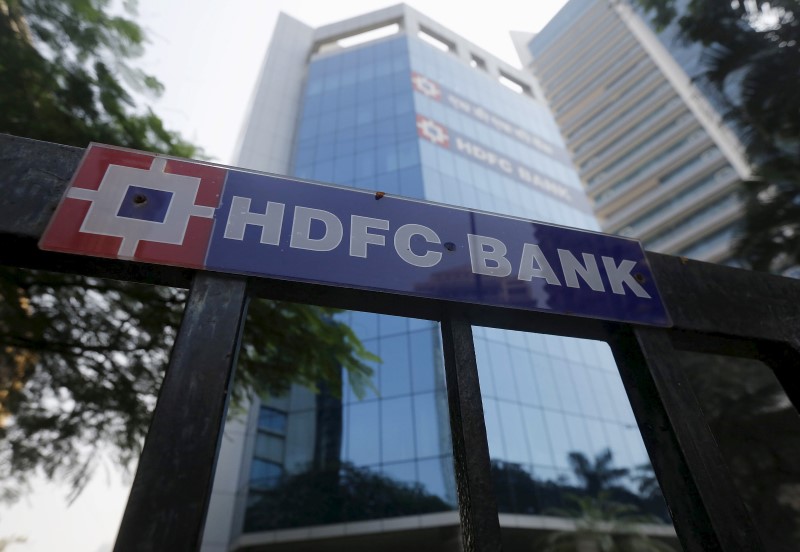Invessting.com -- MSCI on August 13, announced an adjustment in the Foreign Inclusion Factor (FIF) for HDFC Bank Ltd (NS:HDBK) as part of its August index review.
This adjustment marks a two-stage increase in the bank's weight within the MSCI indices, a move expected to attract substantial passive inflows.
“MSCI further reported that the FIF might see further upward revision to 1.0 in its November review, provided the foreign room continues to be atleast 20% at the time of the next review,” analysts at Bernstein said in a note.
If foreign ownership stays below 59.2% by the end of September 2024, this increase could materialize, leading to an estimated incremental inflow of $2-2.5 billion into HDFCB’s stock.
MSCI raised HDFC Bank's FIF to 0.75 from 0.5 in its August review, reflecting an increase in the stock's foreign ownership limit.
This was driven by the substantial foreign ownership in HDFCB, which, as of June 2024, stood at 54.83%. Given the FDI cap of 74% for banks in India, this left a headroom of 19.2%, which is significantly above the 18.5% threshold necessary for a further increase in FIF.
The MSCI Global Investable Market Indexes (GIMI) methodology, which governs these adjustments, recognized the available headroom, prompting the upward revision of HDFCB’s FIF.
However, the increase to 0.75, rather than the anticipated 1.0, was due to the "significant weight" of HDFCB in the MSCI index. This cautious approach was adopted to manage the impact of such a large stock within the index.
Analysts at Bernstein Research have maintained its "outperform" rating on HDFC Bank, with a price target of 2,100 Indian rupees. The stock closed at 1,660.10 rupees on August 12, representing a 26% upside potential based on Bernstein’s target.
While the two-stage increase in MSCI index weight is a positive development for HDFC Bank, several risks remain.
Any deterioration in asset quality, particularly in the post-merger developer finance portfolio, or adverse outcomes from leadership changes could impact the bank's growth and profitability.
Additionally, a persistently tight liquidity environment could constrain deposit growth across the industry, affecting HDFCB’s financial performance.
